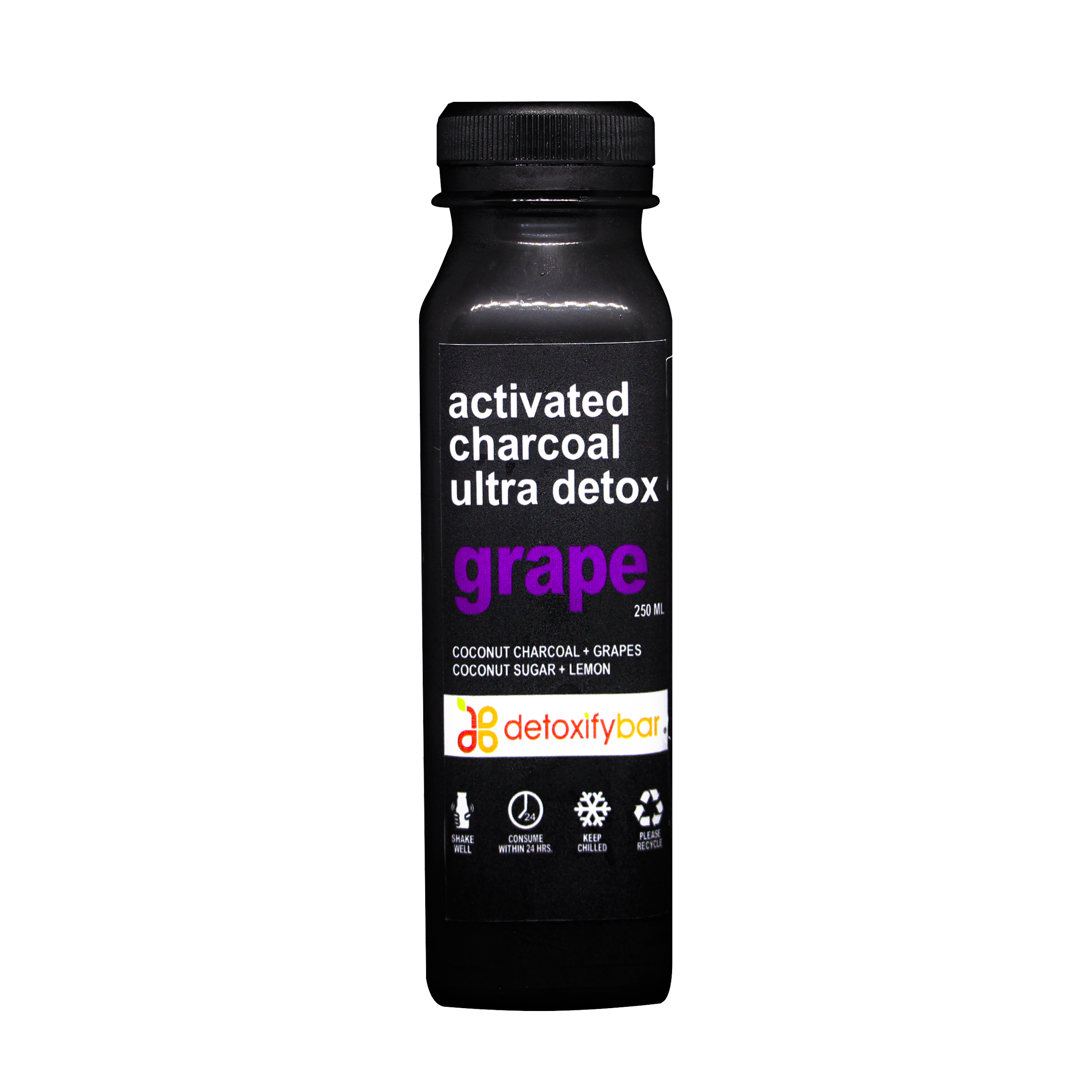
Herbicides are used to manage weeds in green spaces from parks to golf courses. But in drinking water, they’re associated with a wide range of long-term health effects.Īctivated carbon filters remove the top 12, including chlordane, heptachlor and glyphosate. The use of pesticides dramatically improves our agricultural output. Activated carbon filters remove 90 percent or more of chlorine molecules - premium filters may eliminate up to 99%.
#Activated carbon skin
It kills the bacteria, viruses and parasites that can make you sick.īut it’s also associated with health issues from dry skin to bladder cancer. ChlorineĬhlorine is used nationwide to disinfect public drinking water. But they do have pores that capture fine sediment down to at least 5 microns, removing haze from your tap water. Unlike the sediment filters that remove large particles of dirt and rust from water, activated carbon filters are not mechanical. It’s critical to evaluate each filter on an individual basis.Īccording to research by the Environmental Protection Agency ( EPA), garden-variety carbon, or charcoal filters, remove 80-plus contaminants including: Sediment Which contaminants activated carbon filters remove depends on carbon quality and type. Which Contaminants Does Activated Carbon Remove? When it comes to carbon filtration, you get what you pay for. Quality also varies based on the carbon source and the concentration of media in the filter. It comes in different forms from granular to compressed, and some is chemically enhanced or electrostatically charged to broaden its contaminant removal capabilities. Are All Activated Carbon Filters the Same?Īll activated carbon shares similar properties, but it’s not all created equal.

Flexibility is carbon’s strong suit, so there’s a carbon filter for every need and budget. Countertop filters and filtration pitchers require only gravity. Whole-house filters work by point-of-entry into your main water line and rely on incoming pressure to force water through the carbon media bed. Dirty water goes in - clean water comes out.Īmong water purification systems, activated carbon filters are the simplest and have the fewest operational requirements. How Does an Activated Carbon Water Filter Work?Īctivated carbon filters are tanks or cartridges filled with carbon media that traps contaminants as water passes through the filter. One gram of activated carbon has a surface area of more than 30,000 square feet. Once “activated” using either heat or chemicals, its surface area expands exponentially, drastically increasing its contaminant holding power. In its raw form, it has an extensive surface area laced with tiny pores that attract contaminants from chlorine to heavy metals in a process called adsorption.


Activated carbon is the world’s most powerful water purifier.


 0 kommentar(er)
0 kommentar(er)
